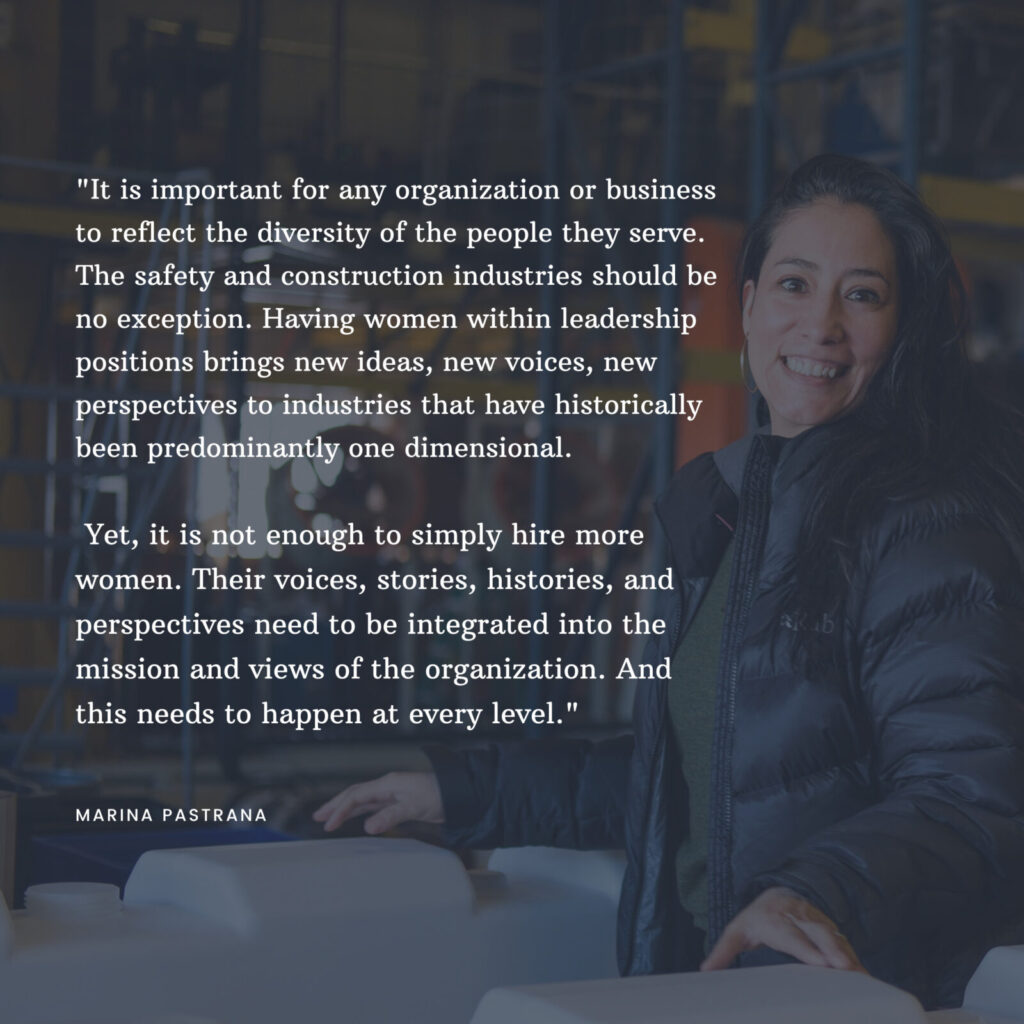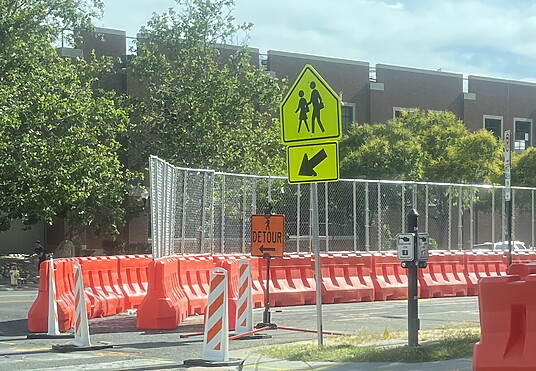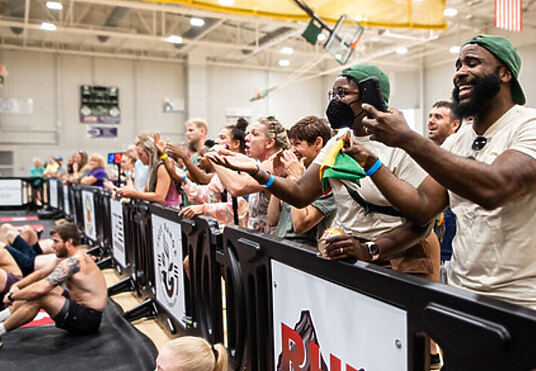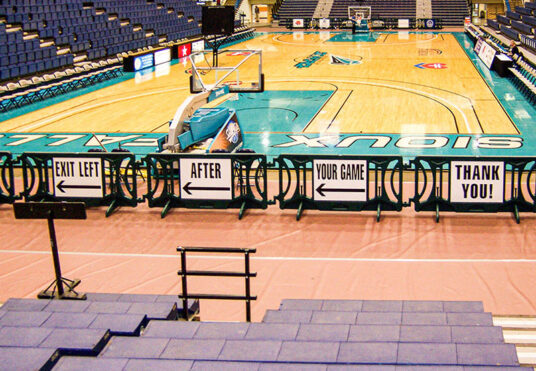Learn with us: Women in the Workplace
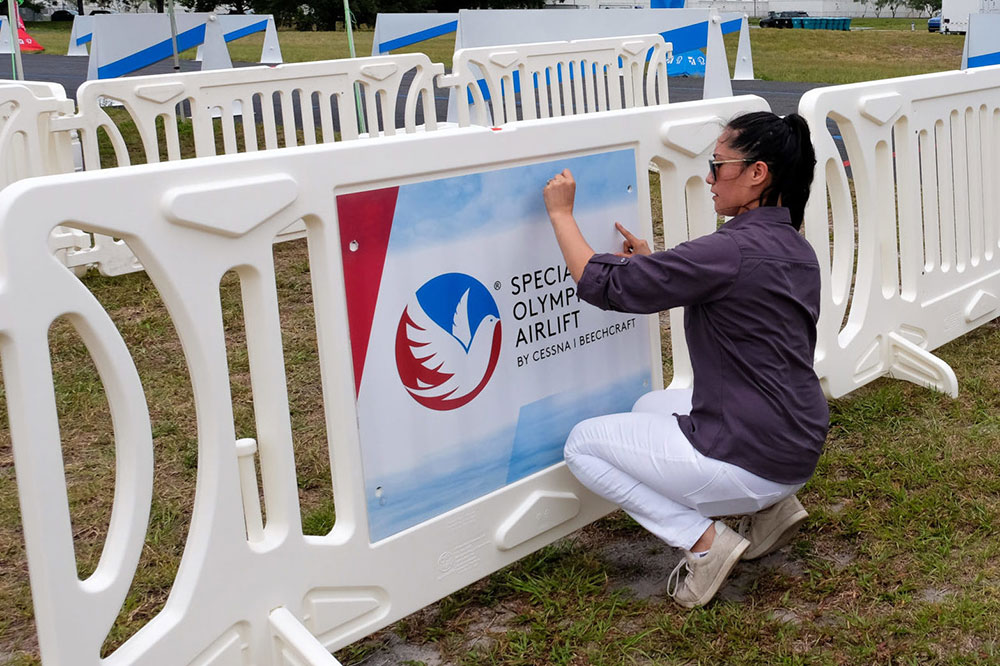
We’ve said it before, and we’ll keep on saying it until it becomes a true reality: diversity matters in all capacities in the workplace.
In regard to women in the workplace, specifically, we see the divide that was created decades back and recognize the need for true equality between genders in the corporate world.
The [leadership] gap remains for women in the workplace.
While progress has been made in recent years in an attempt to narrow the leadership gap, the percentage of women in positions of seniority or in the C-suite (CEO, CRO, COO, etcetera) remains fairly low. The lack of female representation in the places where big decisions are being made is a malady that we must work tirelessly towards remedying!
Consulting firm McKinsey and Company’s chief diversity and inclusion officer, Lareina Yee, said, “The average top team has one, two, or three women now… Even though that is not a full step to gender equality, we think it’s really important because when you have women at the most important decision-making table weighing in, that matters for companies.” It is so important to intentionally place women in the workplace, specifically in positions of leadership, as they have the ability to offer insight, expertise, and skill that might have been lacking otherwise.
The average top team has one, two, or three women now… Even though that is not a full step to gender equality, we think it’s really important because when you have women at the most important decision-making table weighing in, that matters for companies
Lareina Yee, McKinsey and Company Chief Diversity and Inclusion Officer
The pay gap inches closed (but too slowly still).
The pay gap between men and women is slowly shrinking, but, according to PayScale, the difference is still there.
The “uncontrolled gender pay gap”, or the “opportunity pay gap” measures the median salary for all men and women across industries and qualifications. The “controlled gender pay gap” measures the median salary between men and women with the same job and same qualifications.
In 2023, where data is “uncontrolled”, [white] women still only make approximately $.83 for every $1 that a man does (women of color make even less). Where the pay gap data is “controlled”, the gap is smaller: $.99 made by women for every $1 that men make. This might seem much closer, but, in reality, even this small disparity adds up over the course of a career, clearly showcasing that women of equal education, experience, job title, and hours worked are paid less than their male counterparts. The pay gap should be zero, but we are not there yet!
This (often unconscious) gender bias and lack of equality can be most frequently attributed to personal and family traditions, ingrained values, and cultural influences, but, in order to move forward, should not remain so.
“It is important for any organization or business to reflect the diversity of the people they serve. The safety and construction industries should be no exception. Having women within leadership positions brings new ideas, new voices, new perspectives to industries that have historically been predominantly one dimensional.
Yet, it is not enough to simply hire more women. Their voices, stories, histories, and perspectives need to be integrated into the mission and views of the organization. And this needs to happen at every level.”
Marina Pastrana, CRO, OTW Safety
Women make up over 50% of the workforce today.
Since the days that women were allowed to work outside the home, the number of female individuals entering the workforce on a daily basis increases every year. Today, the national percentage of the workforce represented by women is 50.04%, according to the US Bureau of Labor Statistics. However, statistics also say that only 24% of women are happy with their current employment. This is most likely due to the disparate gap in the treatment of and pay between men and women in the workforce.
It has also historically been shown that women are simply not given the same opportunities as men to advance their careers, no matter their level of seniority. The industry of safety professionals, in particular, remains a male-dominated space, regardless of the fact that the number of women entering our workforce increases every year. The American Society of Safety Professionals (ASSP) reports a rise in the number of women in entry and mid-level safety roles. Still, the fact remains that far more men stay employed within the industry than women.
The best future is diverse.
According to The World Bank data, women make up 49.58% of the world’s population, yet, the biases (intentional or not) against women in the workforce remain. Women have so much to offer the world, but businesses and organizations are missing out on many of the brilliant contributions women across the globe are capable of due to a lack of intentionality and ingrained (i.e. dated) values. Those that have made it into levels of seniority within their industry are most likely being severely underpaid. This is rectifiable, but intentionality and purpose are necessary in order to begin to fix the ever-present gaps and biases!
OTW works hard to combat these biases by providing seats for women at the table, encouraging mentorship, employing cross-company support of women at all stages of life, and helping carve paths for those marginalized individuals to thrive and succeed in their chosen career paths. The best kind of future is one that is diverse, inclusive, and where women no longer have to fight for a seat at the table.
The future is for us all, and women cannot (read: should not) be left behind!
